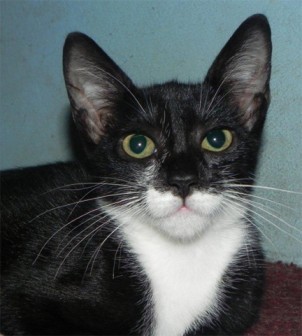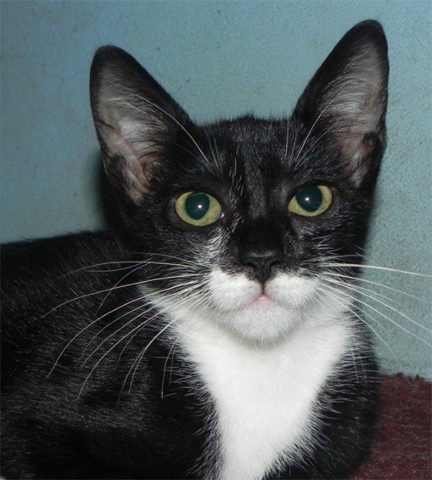Continued
Well, we have returned to ‘science’ after the holiday season. We will continue where we left off – namely with the discussion on herniated (ruptured) discs. Let us look at the problem in more detail.
Herniated (ruptured) discs can come on gradually or occur with explosive suddenness.

Usually, the first sign is an expression of pain in the back. The dog assumes a hunched-up position, pants, has a tight abdomen and look of pain. At the same time, he may show weakness and lameness, or wobbly, uncoordinated gait.
Sudden disc protrusions in the lower back can produce complete paralysis of the rear legs. These dogs often develop urinary retention and bladder infections.
Disc problems seldom occur in dogs younger than one year of age. About 80 per cent occur in the lower back between the last thoracic and first two lumbar vertebrae. Most of the remainder occur in the neck.
A dog with a herniated neck disc carries his head rigidly, which makes his neck look shorter. Neck discs are extremely painful. Some dogs even cry out when patted on the head.
There may be lameness in the front legs. Complete paralysis of all four legs is rare, but does occur.
Treatment
You may remember that I had previously mentioned that people speak (quite incorrectly) of ‘slipped’ discs, when in fact it is a rupture that has taken place.

The treatment regime, in the first instance, has essentially to do with keeping the dog confined so as to reduce movement. No exercise!
Do not allow the dog to try to play with children. Lock up the dog. If the dog is too hyper, let your vet prescribe some sedatives.
Your vet will probably administer steroids and anti-inflammatory medication. Do not give the dog/cat painkillers since they tend to encourage activity (the dog not feeling pain, may wish to move around too much).
Finally, if the animal does not recover with 10 days-2 weeks, one can opt for surgery. Here in Guyana the surgical option poses a great difficulty, because special studies are needed to pinpoint the exact location of the disc hernia (rupture).
One such study is the injection of a contrast material into the spinal canal. The herniation (exact location) shows up on the X-ray.
The repair of the damaged disc also needs special materials to close the rupture.
All in all, pets with herniated disc, which do not heal within two weeks, have not so good a prognosis. You will have to carry on a serious discussion with your vet relative to the possibility of euthanasia, especially when the urinary and defecations systems are compromised.
Enough for today. Please have a look at your vaccination certificates to see if your dog’s annual booster ‘shots’ are due.
Allow me to wish you and your extended family of pets all the very best for 2012.
Please implement disease preventative measures (vaccinations, routine dewormings, monthly anti-heartworm medication, etc) and adopt-a-pet from the GSPCA’s Animal Clinic and Shelter at Robb Street and Orange Walk, if you have the wherewithal to care well for the animals. Do not stray your unwanted pets, take them to the GSPCA’s Clinic and Shelter instead. If you do not wish your pet to have puppies or kittens, you may exploit the GSPCA’s free spay and neutering programme. If you see anyone being cruel to an animal, or if you need any technical information, please get in touch with the Clinic and Shelter by calling 226-4237.






